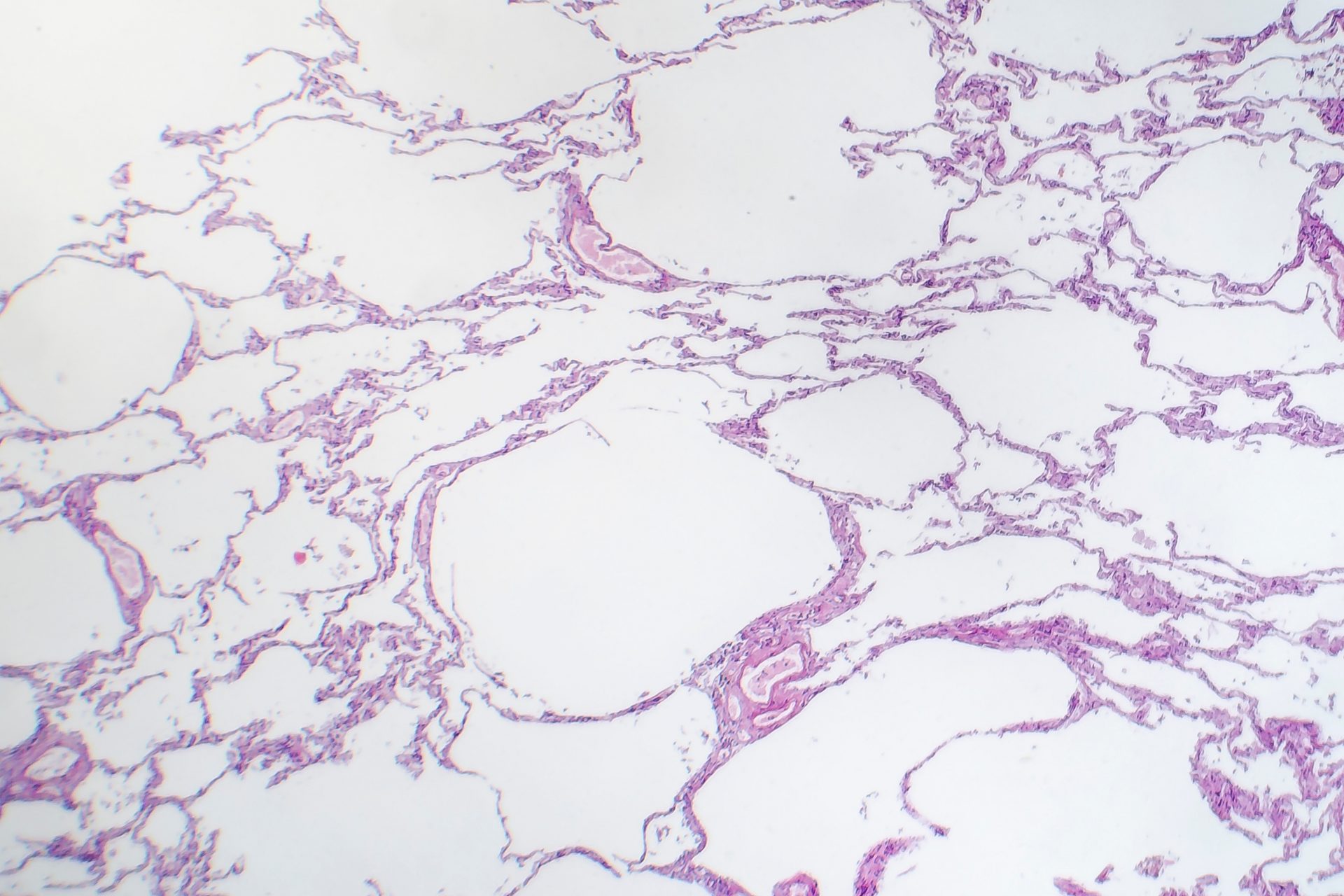Diagnoses
Breathing requires a highly complex coordination of many muscles including the chest wall, diaphragm, abdomen, and others. The rate of breathing, the depth of breathing, and other aspects are controlled by neural pathways and regulated by the breathing control centre.
It is hardly surprising that such a sophisticated mechanism can go wrong and result in symptoms that can include breathlessness, chest tightness and chest pains, and an inability to get a satisfying breath. A variety of other symptoms can also be associated with this common condition.
Functional breathlessness can occur along with other causes of breathlessness – for example, asthma – and result in treatment for the other condition being increased inappropriately. It is important to identify if functional breathlessness is part of the problem to ensure treatment is directed appropriately.
Functional breathlessness can also occur on its own and, in that setting, investigation for other causes of breathlessness yields normal results.
Functional breathlessness / Breathing Pattern Disorders are commonly overlooked and usually need specialist assessment to ensure that other causes of breathlessness are not missed. Explanation and reassurance might be all that is required but the skills of a respiratory physiotherapist or speech and language therapist can be invaluable in helping this condition.


